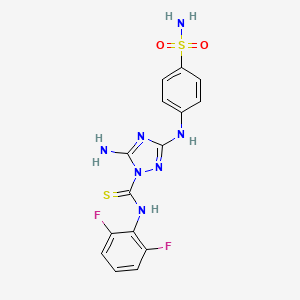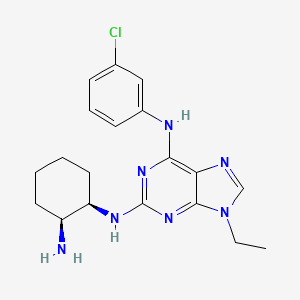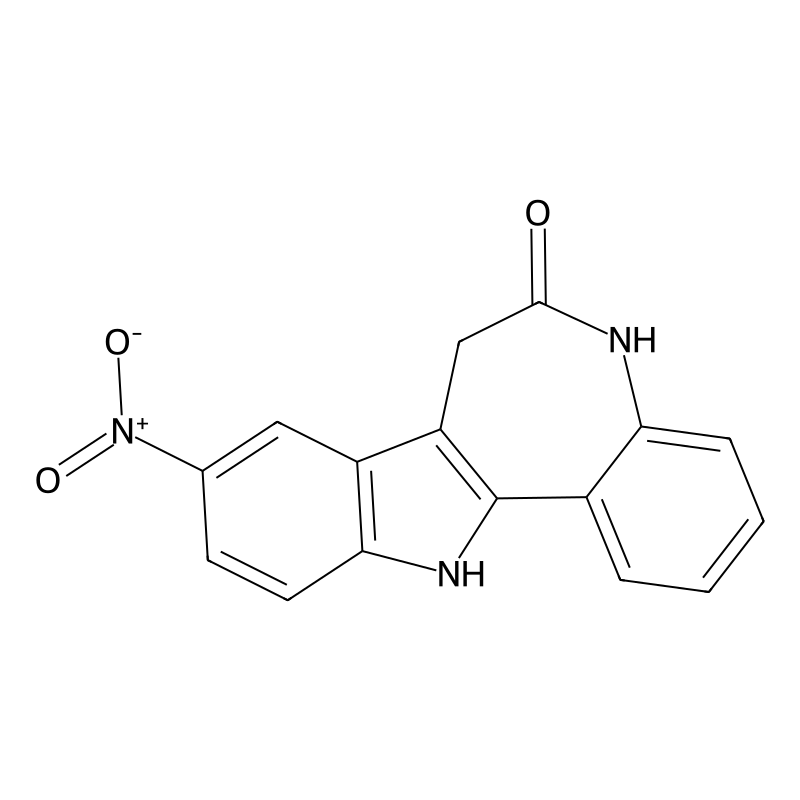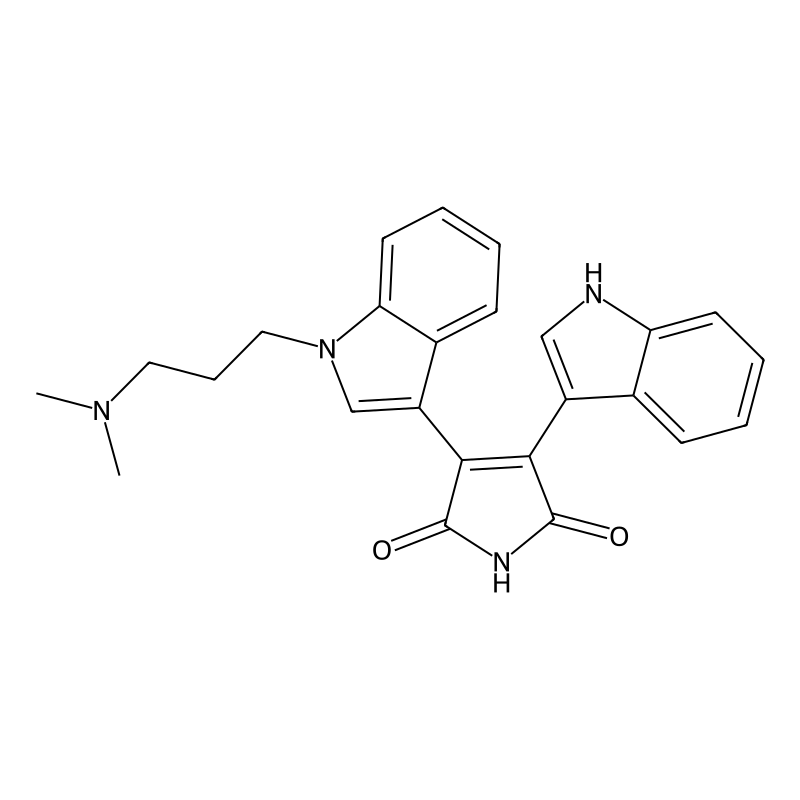PPAR Alpha Pathway
CAS No.:443798-47-8
Molecular Formula:C15H13F2N7O2S2
Molecular Weight:425.4 g/mol
Availability:
In Stock
CAS No.:190653-73-7
Molecular Formula:C19H24ClN7
Molecular Weight:385.9 g/mol
Availability:
In Stock
CAS No.:496864-16-5
Molecular Formula:C16H17N3O
Molecular Weight:267.33 g/mol
Availability:
In Stock
CAS No.:237430-03-4
Molecular Formula:C16H11N3O3
Molecular Weight:293.28 g/mol
Availability:
In Stock
CAS No.:582315-72-8
Molecular Formula:C18H17F2N3O2
Molecular Weight:345.3 g/mol
Availability:
In Stock
CAS No.:133052-90-1
Molecular Formula:C25H24N4O2
Molecular Weight:412.5 g/mol
Availability:
In Stock


![4-(7-butyl-5H-pyrrolo[2,3-b]pyrazin-6-yl)phenol](/img/structure-2d/800/S518078.png)

![(4-butoxy-2H-pyrazolo[3,4-b]pyridin-5-yl)-(2,6-difluoro-4-methylphenyl)methanone](/img/structure-2d/800/S521632.png)
